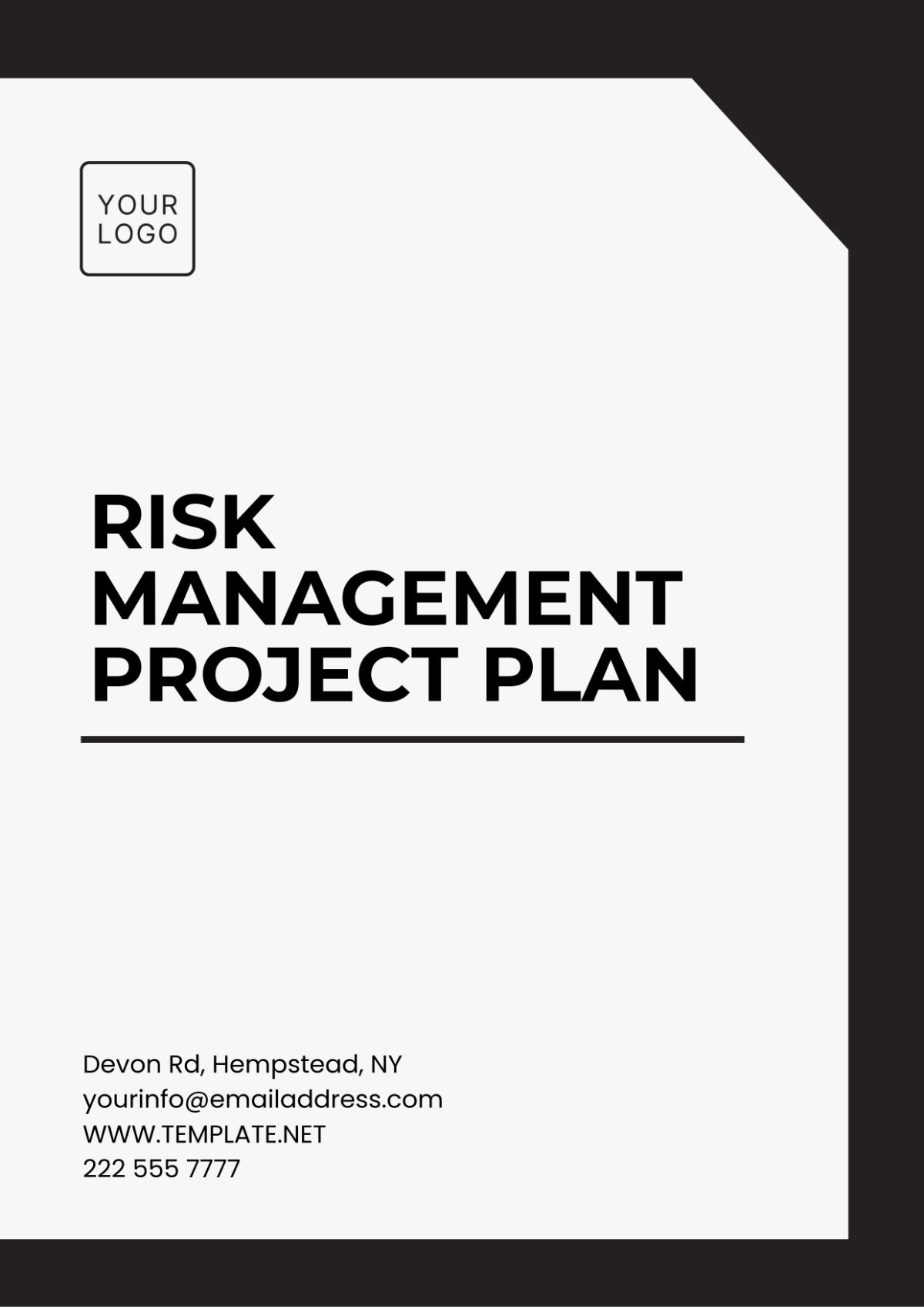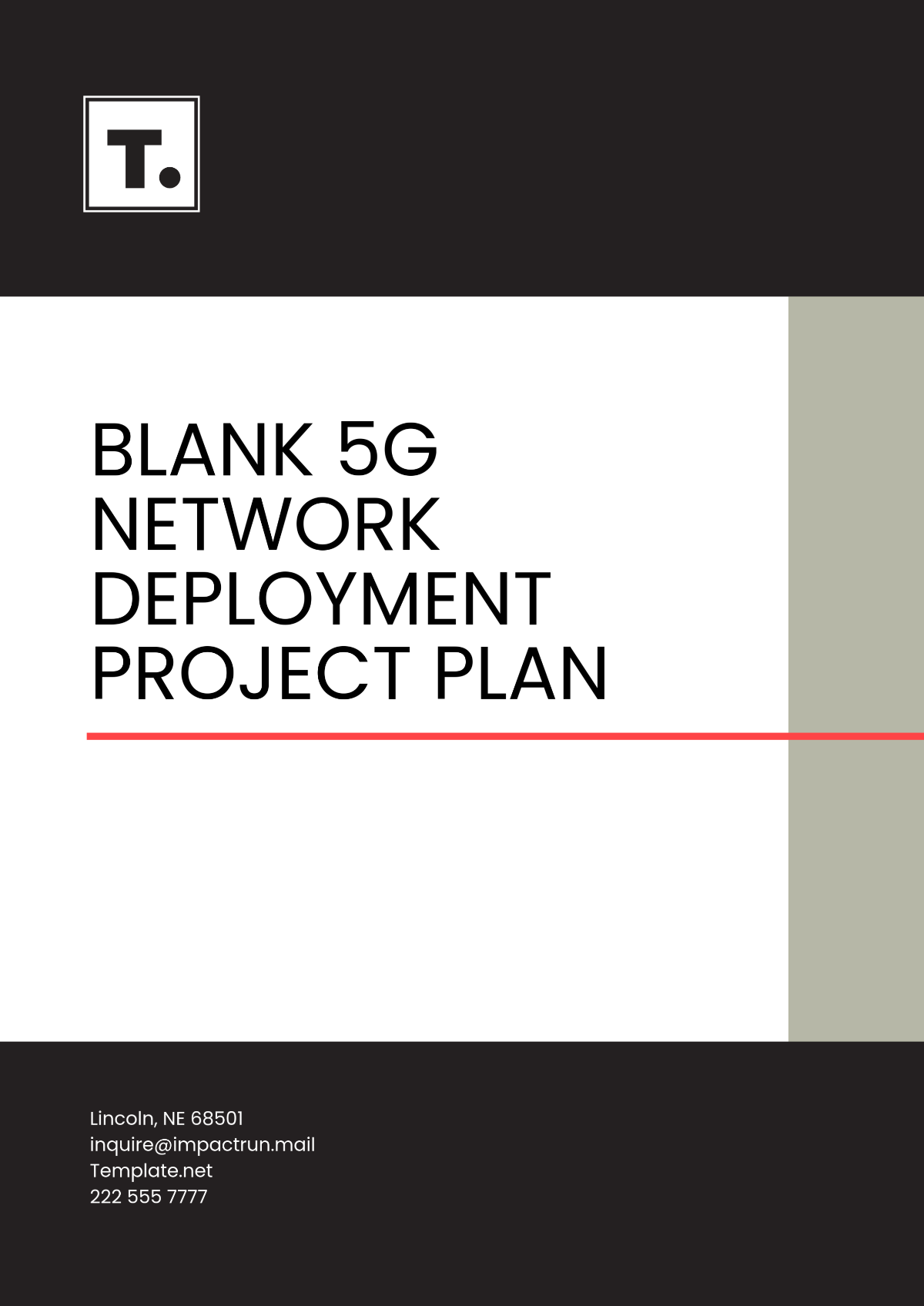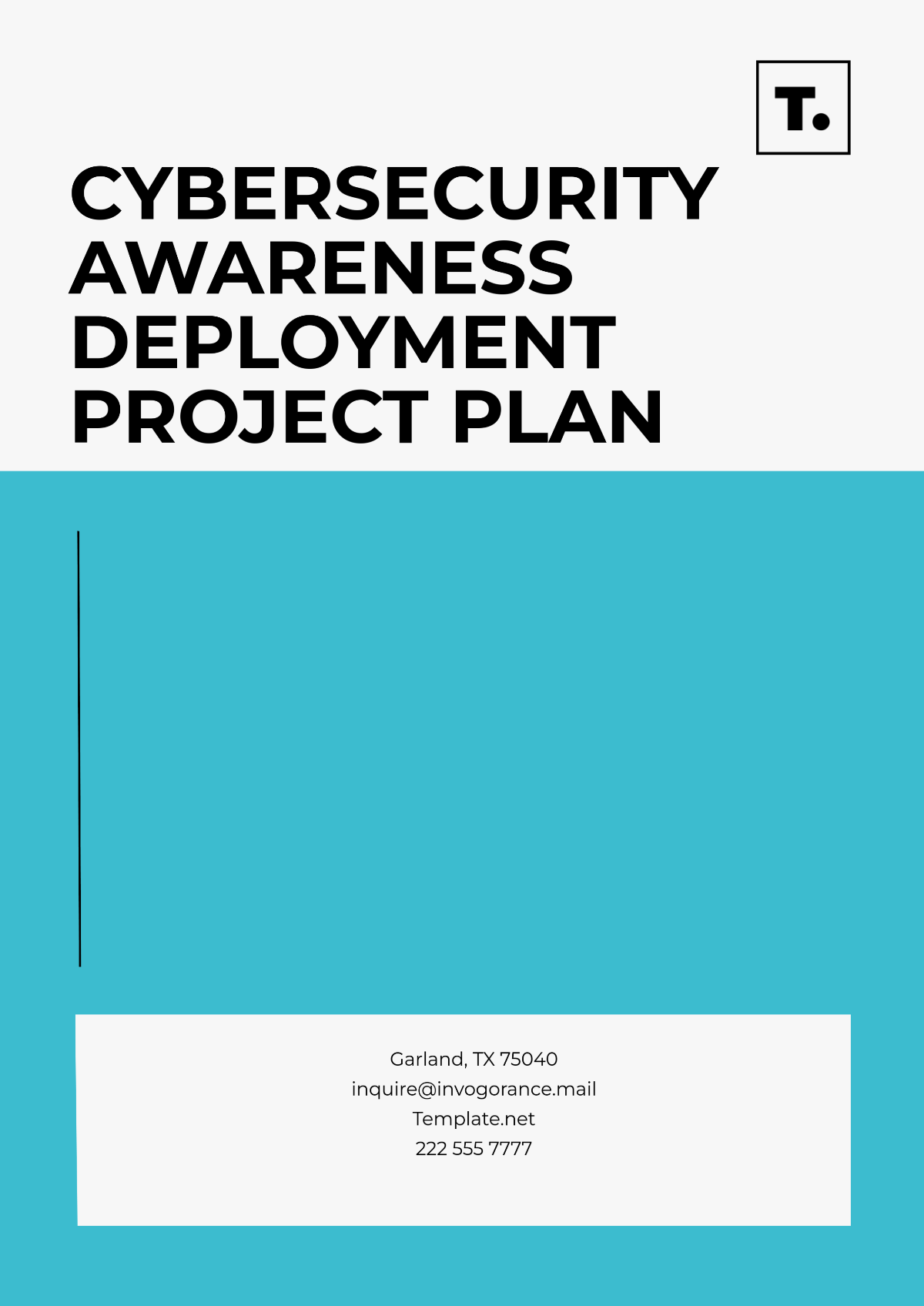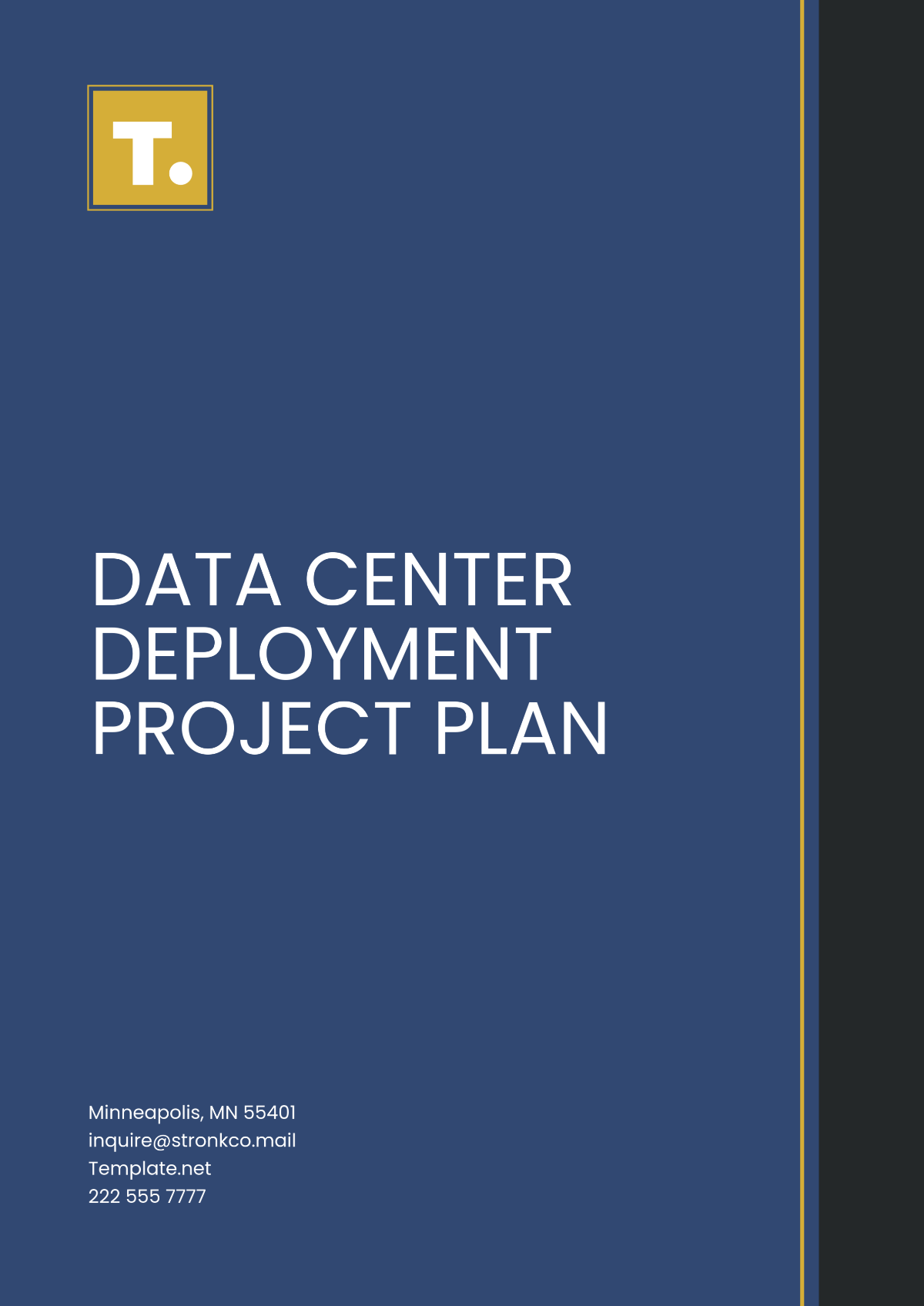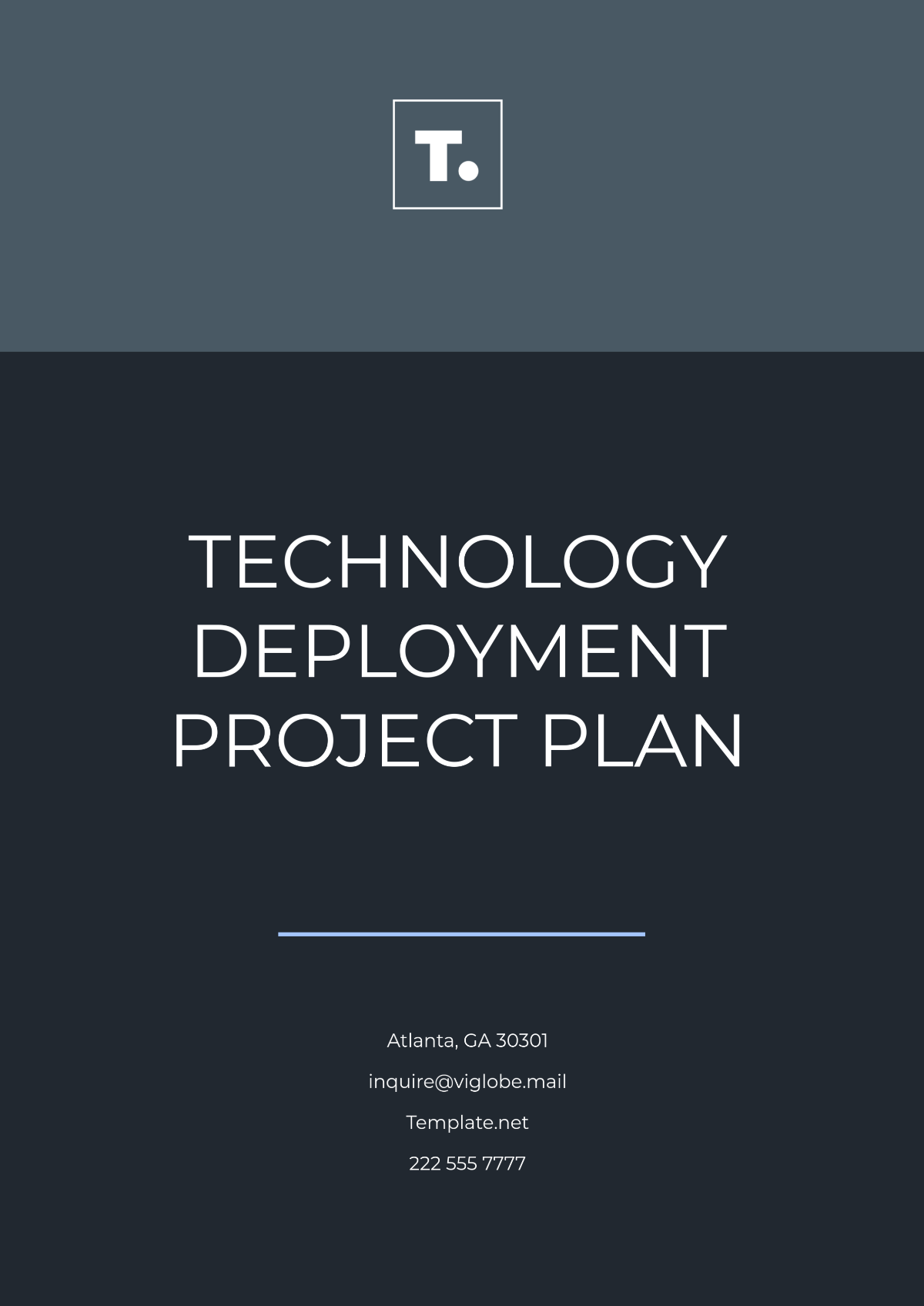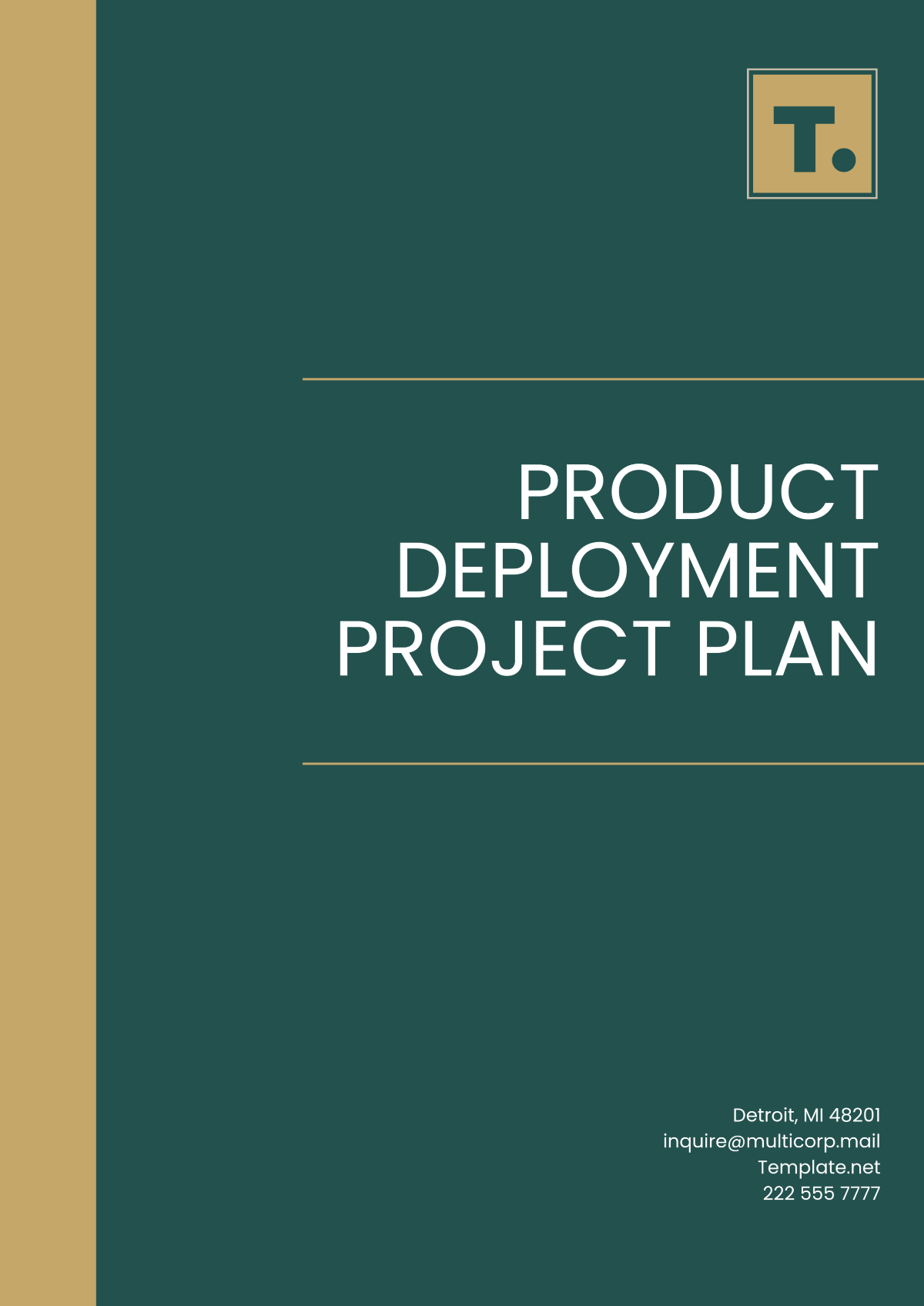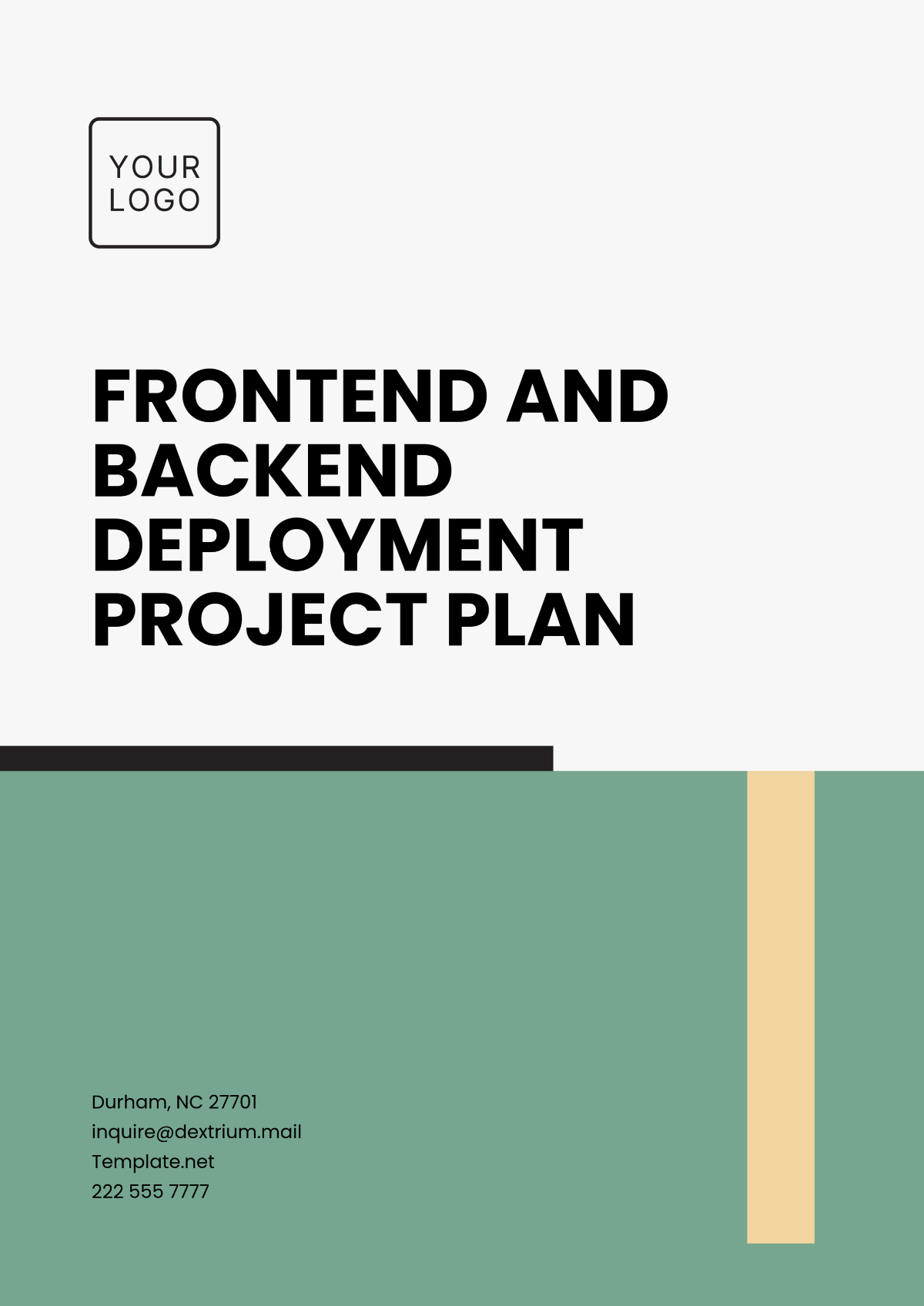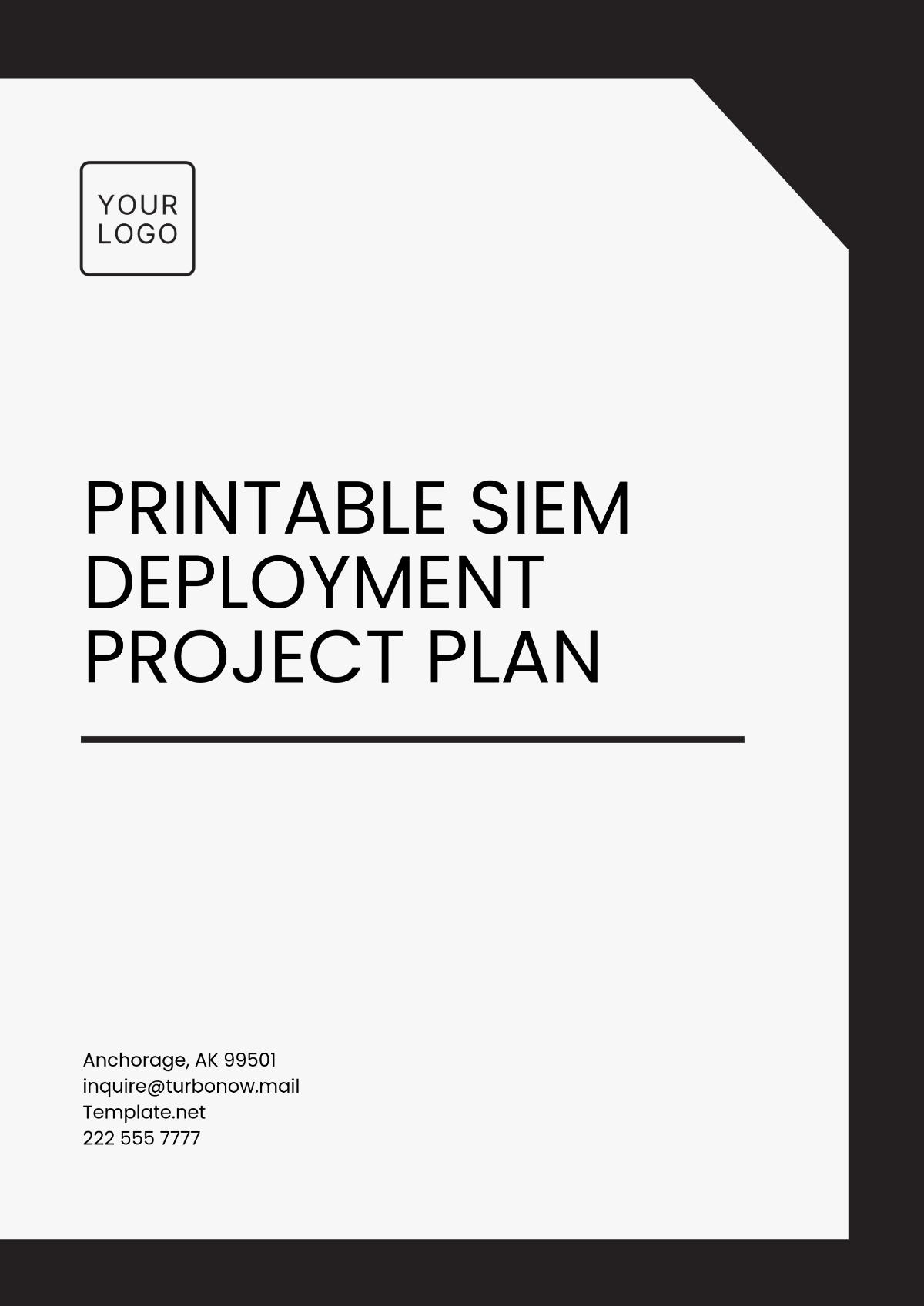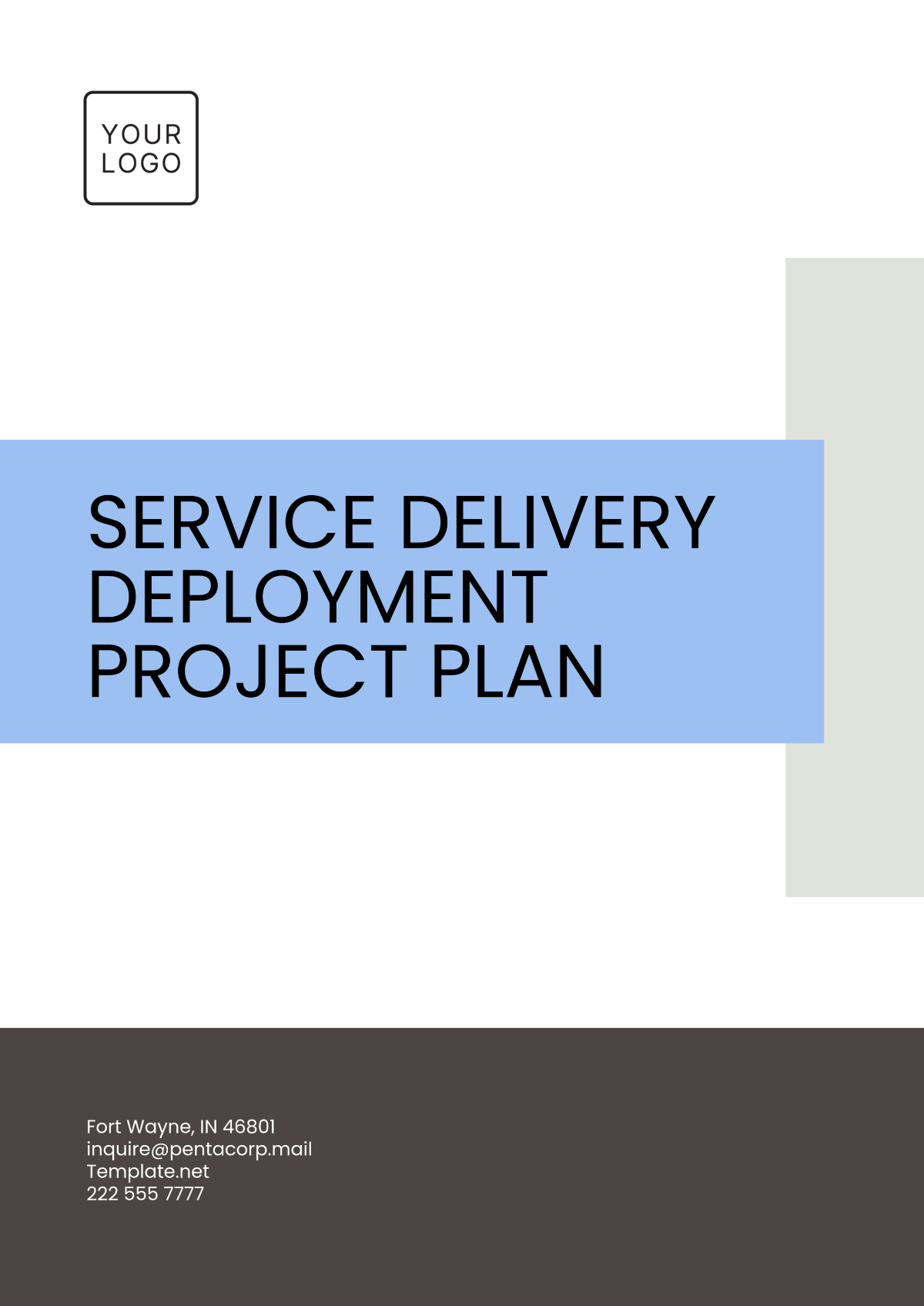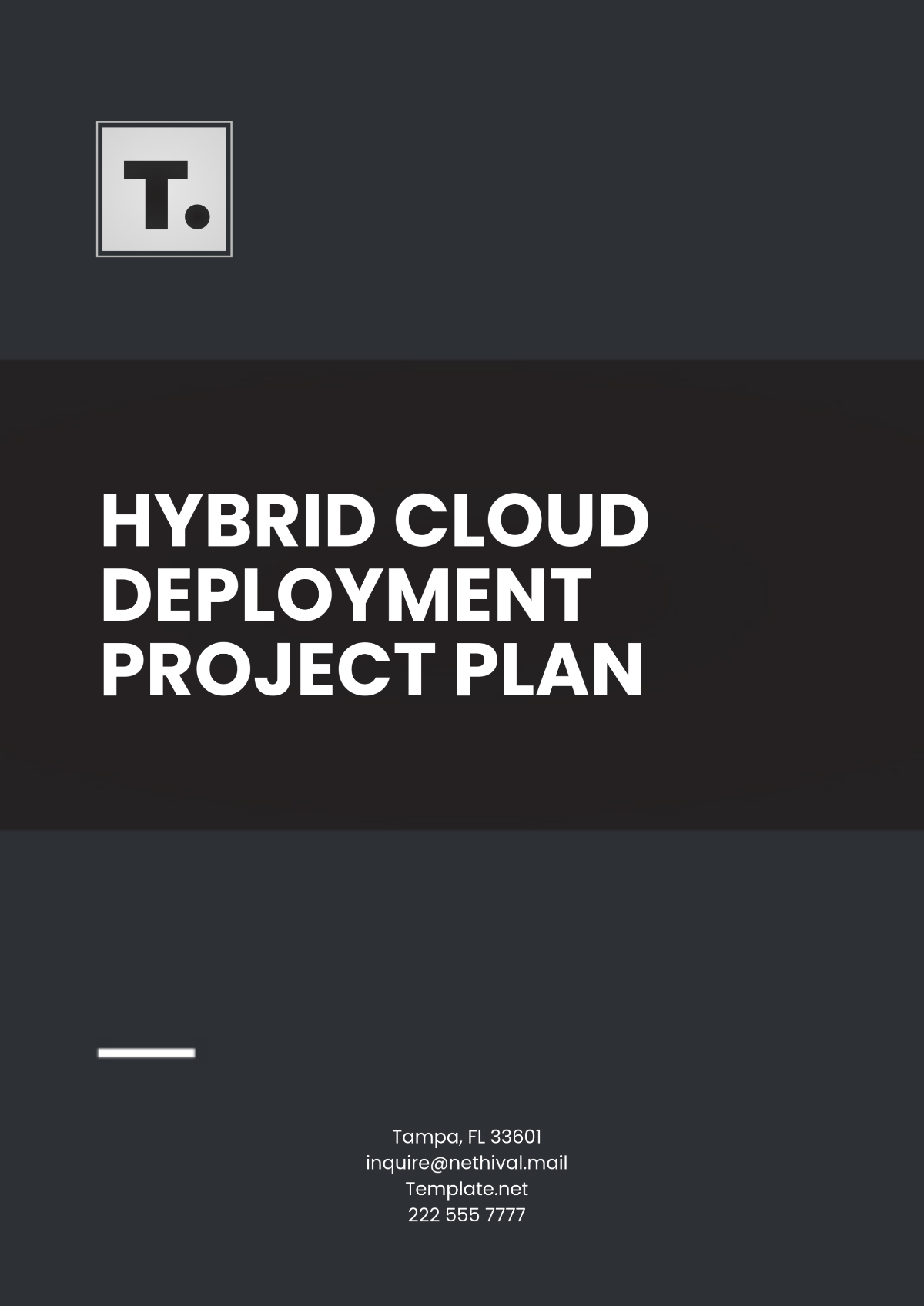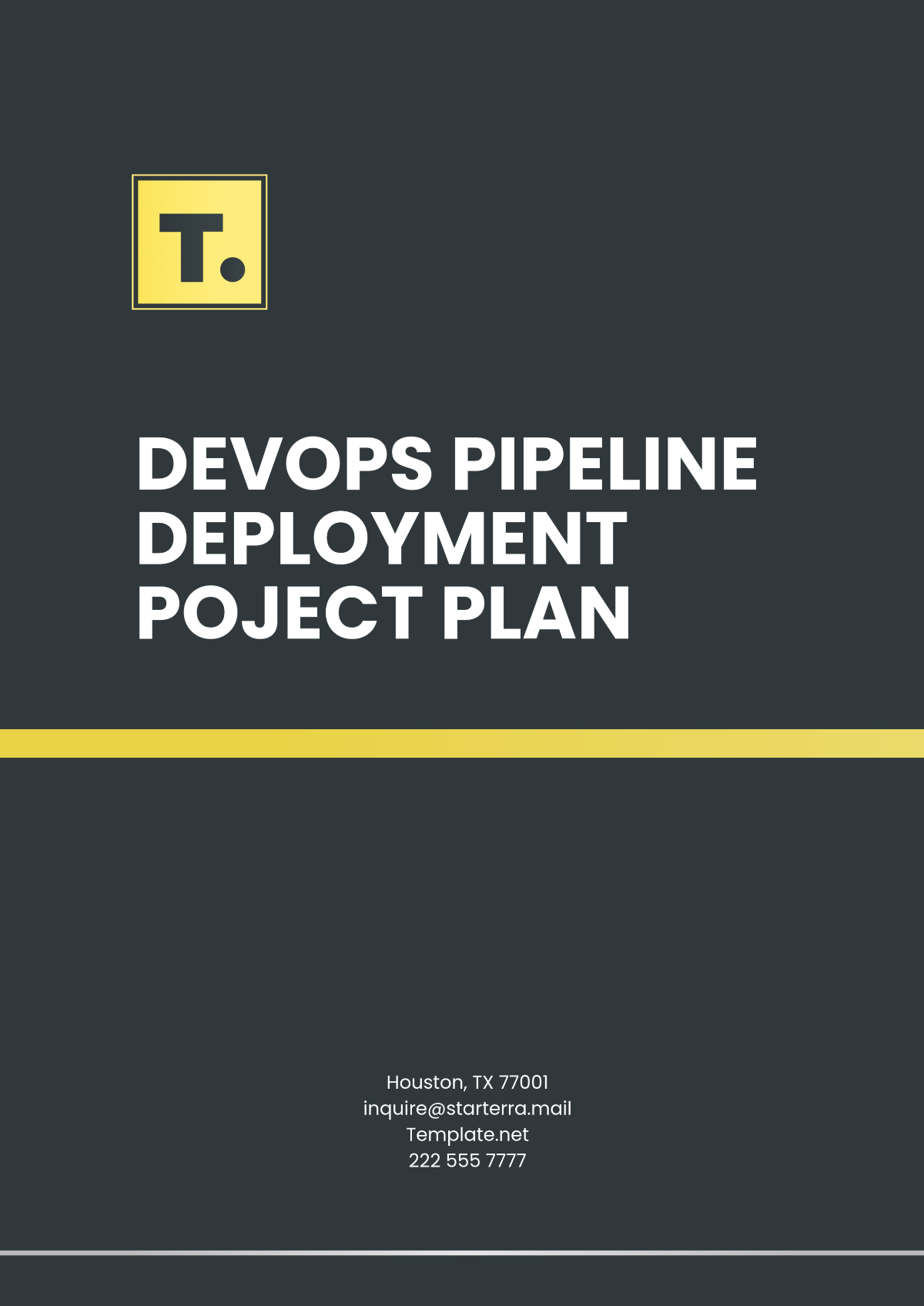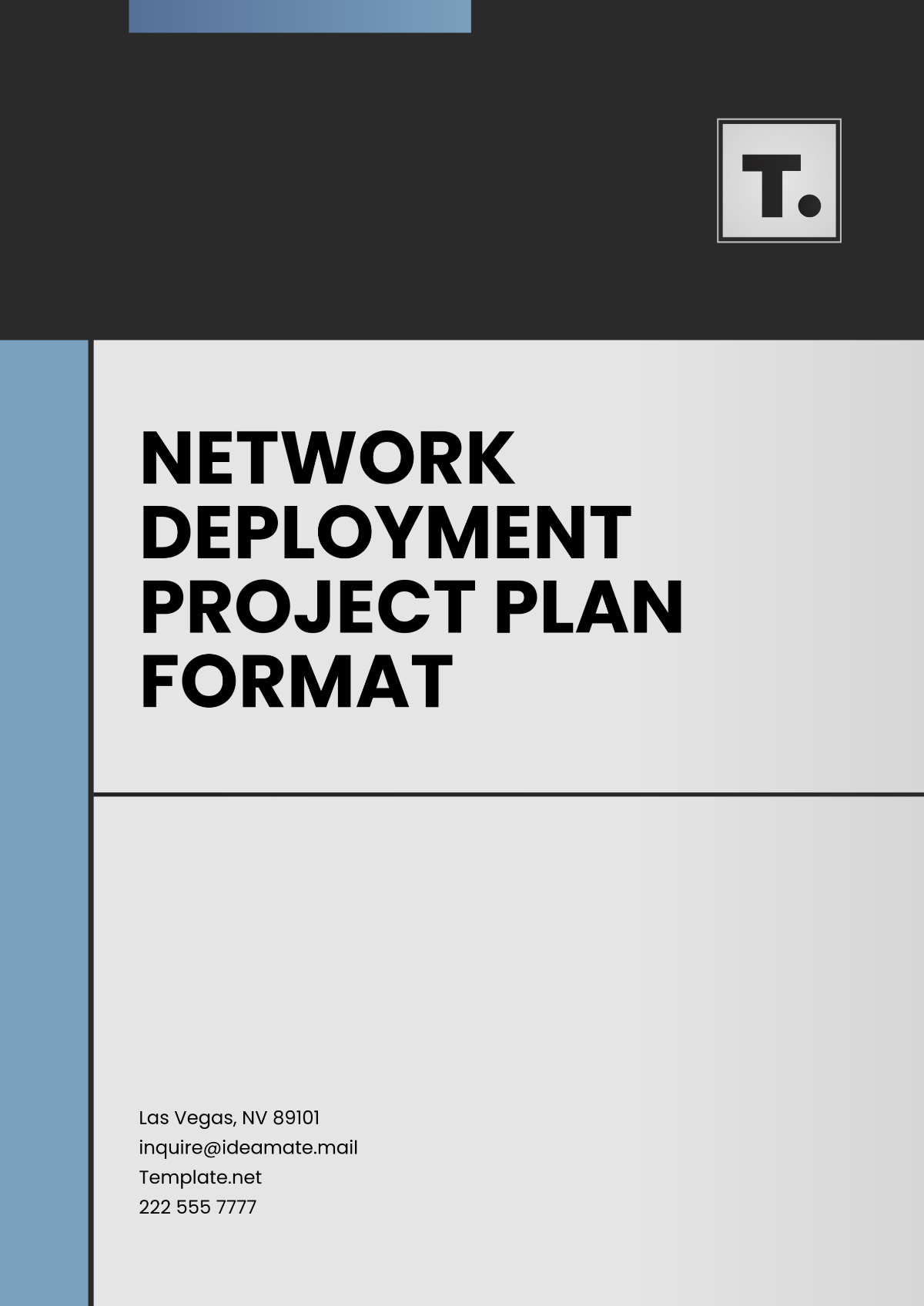Risk Assessment Project Plan
Prepared by: [Your Name]
Date: July 30, 2085
I. Executive Summary
This Risk Assessment Project Plan outlines the strategy to identify, assess, and manage potential risks associated with the implementation of a new global enterprise software system at [Your Company Name]. The goal of this project is to ensure that the system deployment occurs without disruption and that the organization can proactively mitigate any risks that may arise throughout the project lifecycle. The project will span three phases, starting with initial risk assessment, followed by mitigation strategy development, and concluding with continuous monitoring during the implementation process.
II. Project Objectives
To identify key risks that may impact the successful deployment of the enterprise software system.
To develop a comprehensive risk mitigation plan that minimizes the likelihood and impact of potential risks.
To monitor and evaluate the effectiveness of the risk management strategies throughout the project lifecycle.
To ensure that all departments are informed and prepared to handle risks efficiently, allowing for a smooth transition to the new system.
III. Scope of the Project
This project will cover the identification, assessment, and management of risks related to the global deployment of the enterprise software system across [Your Company Name]’s branches in North America, Europe, and Asia. The scope includes:
Evaluating potential risks in areas such as technology integration, data security, resource allocation, and user adoption.
Engaging with key stakeholders to ensure that risk mitigation strategies are aligned with organizational goals.
Developing training and communication strategies to ensure that all employees are aware of potential risks and the measures in place to manage them.
IV. Project Deliverables
Risk Assessment Report: A comprehensive document detailing identified risks, their potential impacts, and likelihood.
Risk Mitigation Plan: A set of strategies and actions designed to address the identified risks.
Monitoring Framework: A plan for ongoing monitoring of risks during system deployment, including performance indicators.
Final Evaluation Report: A post-deployment report summarizing risk management efforts, outcomes, and any lessons learned.
V. Project Timeline
Phase 1: Initial Risk Assessment
Start Date: February 15, 2085
End Date: March 31, 2085
Phase 2: Development of Risk Mitigation Plan
Start Date: April 10, 2085
End Date: May 15, 2085
Phase 3: Implementation and Monitoring
Start Date: June 1, 2085
End Date: December 31, 2085
Post-Implementation Evaluation
Start Date: January 10, 2086
End Date: February 28, 2086
VI. Resources Required
Human Resources:
Risk Management Team: 5 full-time employees
IT Team: 3 system engineers and 2 security experts
Stakeholder Management Team: 2 communication specialists
External Consultants: 2 risk assessment specialists
Technological Resources:
Risk management software (e.g., RiskWatch, LogicManager)
Project management tools (e.g., Microsoft Project, Asana)
Communication platforms (e.g., Zoom, Slack)
Financial Resources:
Software licenses: $50,000
Consultancy fees: $75,000
Training and communication materials: $30,000
Miscellaneous expenses (travel, accommodation for consultants): $20,000
VII. Risk Management
The primary risks identified for the project include:
Technical Risks:
Integration challenges with existing systems and software.
Potential data security issues during system transition.
Unexpected technical failures during system deployment.
Operational Risks:
Resource constraints or delays in obtaining necessary human resources.
Employee resistance to change and difficulty in adapting to the new system.
Delays due to external suppliers or vendors failing to meet deadlines.
External Risks:
Legal or regulatory changes that may impact software compliance.
Geopolitical risks affecting global operations (e.g., trade restrictions).
Mitigation Strategies include:
Establishing a robust IT support team to handle integration issues.
Conducting frequent security audits to identify vulnerabilities before deployment.
Setting up training programs and providing continuous support to ensure smooth employee adoption.
Regularly updating stakeholders on progress to prevent misunderstandings or delays.
VIII. Budget
The total budget allocated for this risk assessment project is $300,000, which includes the following breakdown:
Personnel Costs: $120,000 (for internal team members)
Consultancy Fees: $75,000 (for external risk specialists)
Technology and Software: $50,000
Training and Communication: $30,000
Contingency: $25,000
IX. Conclusion
The Risk Assessment Project Plan for [Your Company Name]'s enterprise software deployment is designed to proactively address and mitigate potential risks, ensuring the system is implemented successfully and on time. By identifying, assessing, and managing risks early in the project, [Your Company Name] will be better positioned to avoid disruptions, ensuring business continuity and achieving the strategic goals associated with the new system implementation. Through diligent planning and execution, we anticipate that the project will be completed within the allocated budget and timeline, with a positive impact on the organization’s operations.






